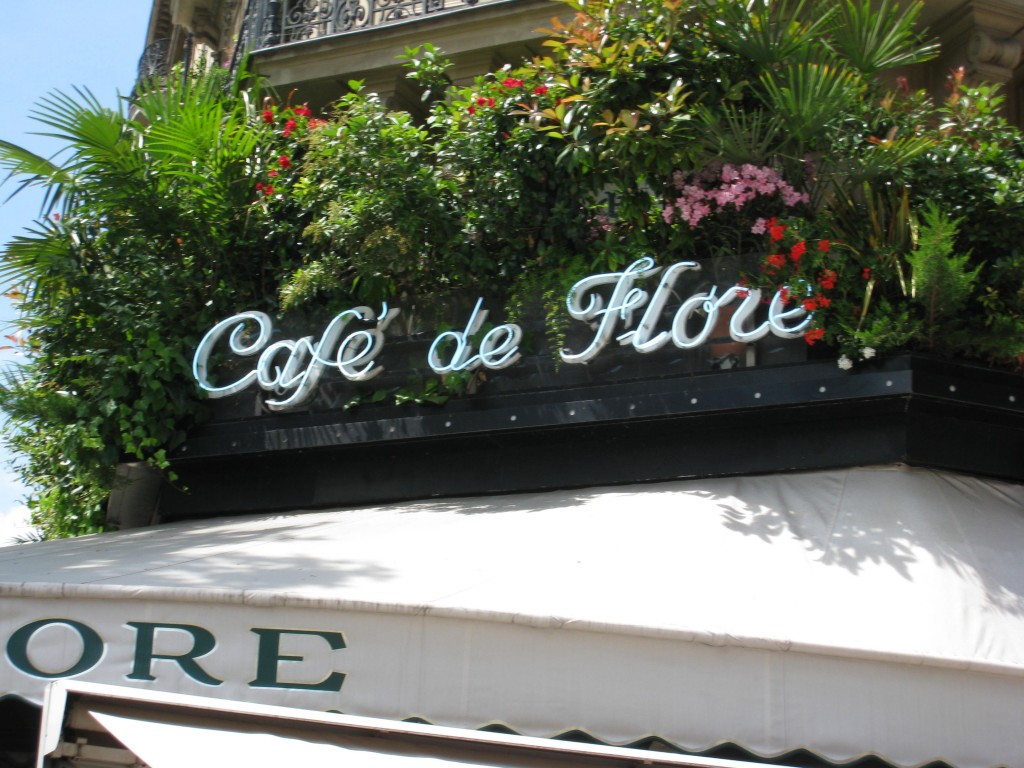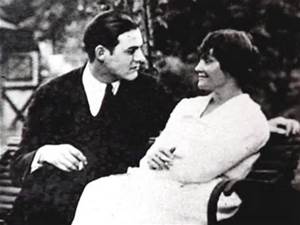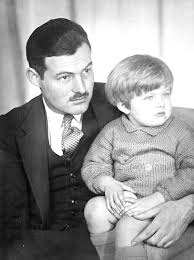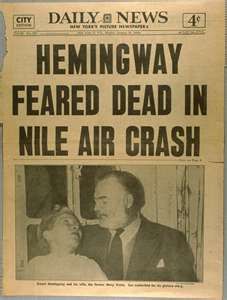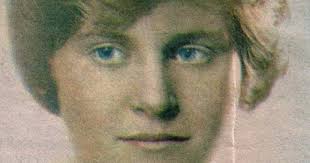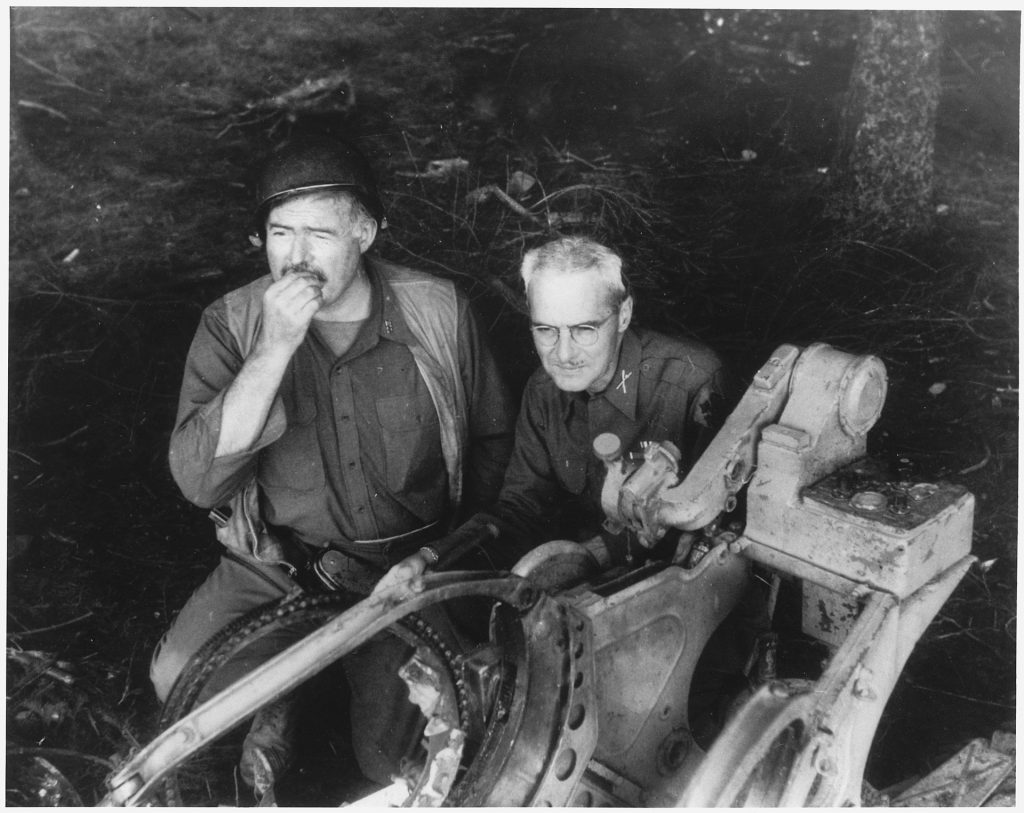The Best Book That Amor Towles Ever Received as a Gift
“My wife gave me the first edition of Tolstoy’s ‘War and Peace’ to be published in English (in 1886),” says the novelist Amor Towles, whose new book is “The Lincoln Highway.” “That the edition was in translation was just as well, since I don’t read a word of Russian.”
What books are on your night stand?
For the last 16 years, I’ve been reading with three friends. Every month, we meet in a restaurant in New York City to discuss a novel, arriving at 7 and lingering until they close the place. We typically pursue projects. One spring we read Henry James’s “The Portrait of a Lady,” Gustave Flaubert’s “Madame Bovary,” George Eliot’s “Middlemarch” and Leo Tolstoy’s “Anna Karenina,” a project we referred to as “19th-Century Wives Under Pressure.” Often, we’ll read five or six works by a single writer chronologically. We’re about to launch into a survey of the Australian Nobel laureate, Patrick White. So, his “The Tree of Man” is at the top of my pile.
What’s the last great book you read?
Earlier this year, I was asked to write an introduction for the forthcoming Penguin Classics edition of Ernest Hemingway’s first novel, “The Sun Also Rises.” I enjoyed rereading the book immensely. Hemingway began writing it on his 26th birthday, almost a hundred years ago. At the time, he was still married to the first of his four wives. By trade, he was still a foreign correspondent living in Paris. It was before his trip to Africa to hunt big game. Before his face would adorn the cover of Life magazine — three separate times. Before the compromising effects of fame, wealth and recognition. So, in picking up “The Sun Also Rises” today, we have the opportunity to set aside what we think we know about Hemingway as a man and writer, to set aside what we think we know about his style, to read the book as if it were newly released, and to be amply rewarded for doing so.
Can a great book be badly written? What other criteria can overcome bad prose?
Great writing can make almost anything interesting. Any subjects, any settings, any themes. But for me, bad writing is an insurmountable obstacle.
ADVERTISEMENT
Describe your ideal reading experience (when, where, what, how).
When I was a college sophomore in the early 1980s, I had the good fortune of being admitted to a fiction writing seminar with a visiting modernist named Walter Abish. As part of the class, he gave us a list of about a hundred novels that he admired. The list included an array of inventive writers and stylists, most of whom I had never heard of, including Donald Barthelme, Italo Calvino, Evan S. Connell, Julio Cortázar, Jean Genet, Elizabeth Hardwick, Knut Hamsun, Milan Kundera, Grace Paley and Alain Robbe-Grillet. With the list fraying in my pocket, I began tracking down these novels whenever I was in a used bookstore. For the next few years, as soon as school would let out, I would retreat alone to my family’s summer house, where I would sit on the porch and read one book a day. It was pure bliss. It also had a lasting influence on me as an artist.
Your Guide to Fall Reading
Whether you want biographies, novels or essay collections, we can help you find your next book to read. Here are 57 titles to get you started.
-
- New novels from Jonathan Franzen, Tiphanie Yanique and Gary Shteyngart are on the way.
- Prefer nonfiction? Look for these essay collections, an exploration of the Marvel Comics universe and more.
- Get to know your favorite actors and artists with these titles.
- Six new books take up the pandemic, #MeToo and other timely topics.
- Five biographies dive into the lives of Pablo Picasso, Oscar Wilde and more.
- Or hear it straight from the authors: Check out these seven memoirs.
What’s your favorite book no one else has heard of?
Harry Mathews’s “Cigarettes.” The only American-born member of the experimental confederacy Oulipo, Mathews often wrote about shattering conventions, and thus his work can be somewhat uneven. But in “Cigarettes” he gives us a sly, inventive and entertaining novel which is a racy investigation of midcentury New York society.
Which writers — novelists, playwrights, critics, journalists, poets — working today do you admire most?
I admire a lot of my contemporaries as writers. But Ann Patchett is someone I admire not simply as a writer, but as an advocate for independent bookstores and new voices, as half of a grand marriage, as a graceful thinker, a sly humorist, a generous spirit. I could go on.








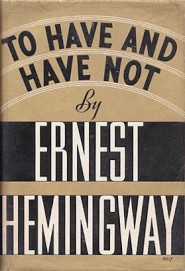


 Want to reprint? Get permissions.
Want to reprint? Get permissions.
 Trust me, it’s worth the effort at least once. I ate it on a toasted bun with lettuce and tomato. I wanted a taste before deciding which condiments to add. It needed nothing. I took one bite, then another, then it was gone. The ground beef was infused with flavor and moisture. A-1 sauce, ketchup or mustard would have been sacrilegious. In all Ernest-ness, it was the best burger I’ve ever made
Trust me, it’s worth the effort at least once. I ate it on a toasted bun with lettuce and tomato. I wanted a taste before deciding which condiments to add. It needed nothing. I took one bite, then another, then it was gone. The ground beef was infused with flavor and moisture. A-1 sauce, ketchup or mustard would have been sacrilegious. In all Ernest-ness, it was the best burger I’ve ever made

 Here, we bring to you some popular travel books to read while at home.
Here, we bring to you some popular travel books to read while at home.


